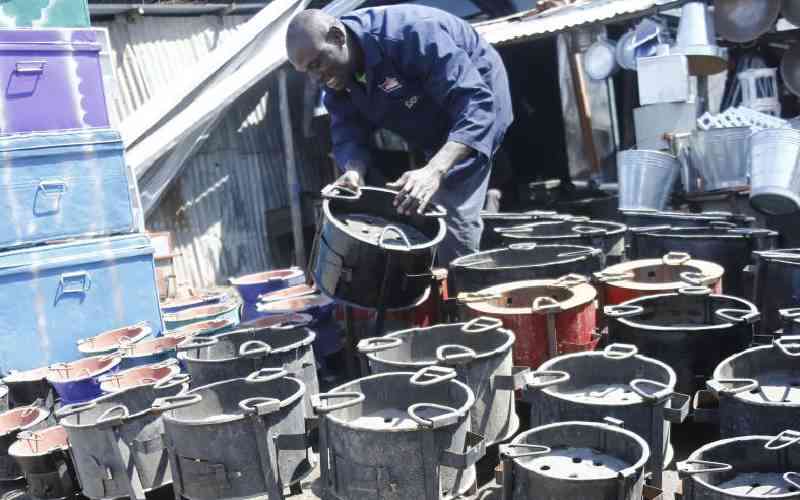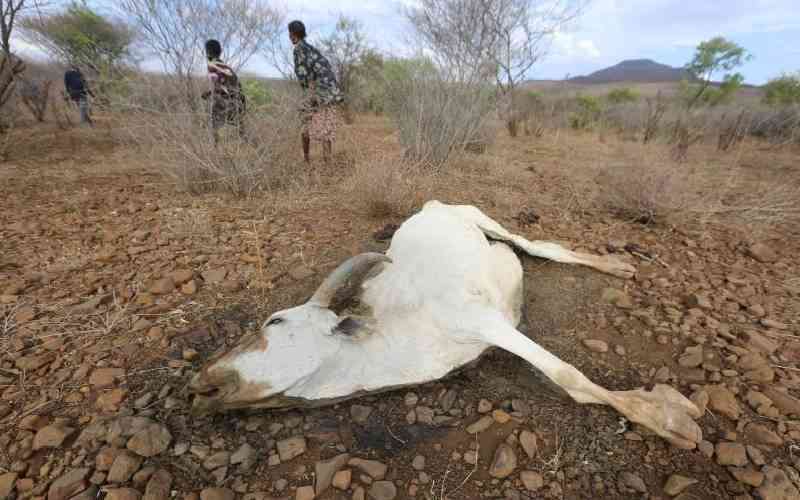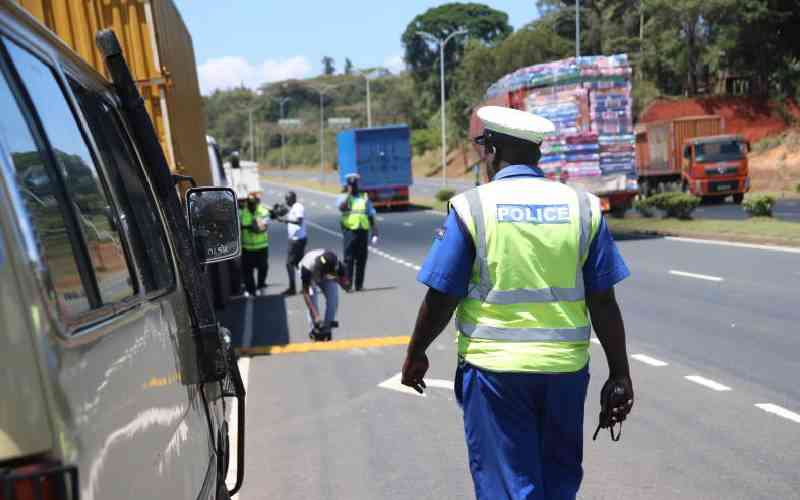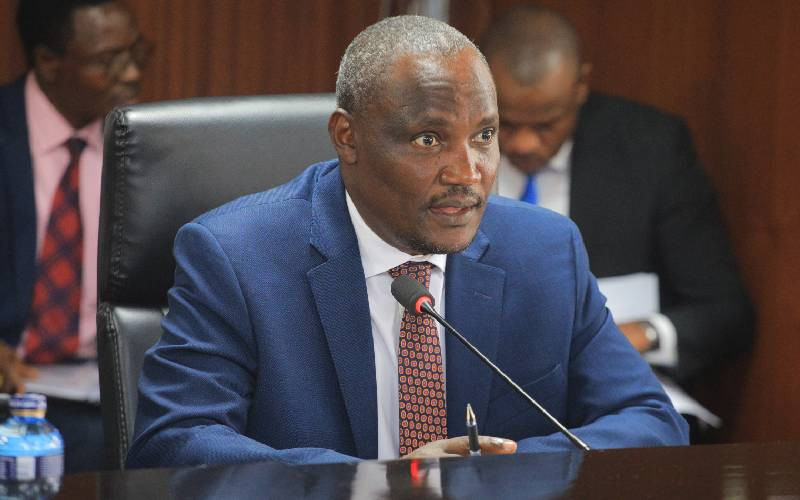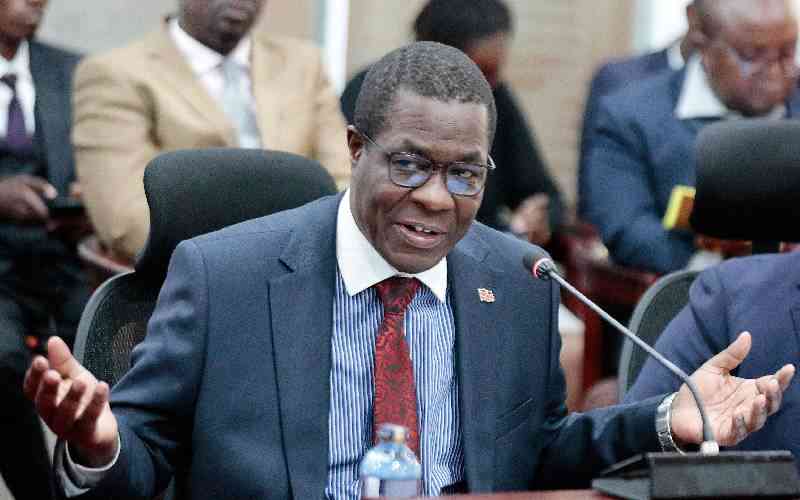×
The Standard e-Paper
Stay Informed, Even Offline
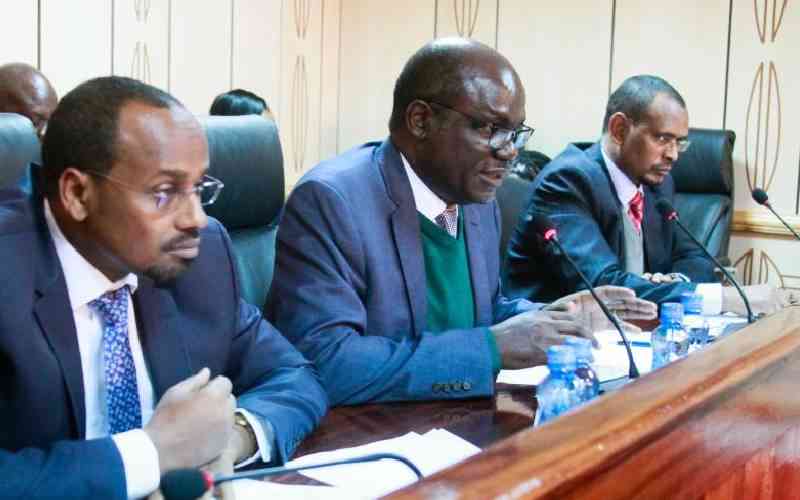
The Independent Electoral and Boundaries Commission (EBC) is set to commence the boundaries review after receiving a Sh7.2 billion boost.
MPs last week approved a report of the Budget and Appropriations committee that had proposed the allocation of the funds to the electoral agency and a further Sh1 billion for the construction of the Uchaguzi Center.
